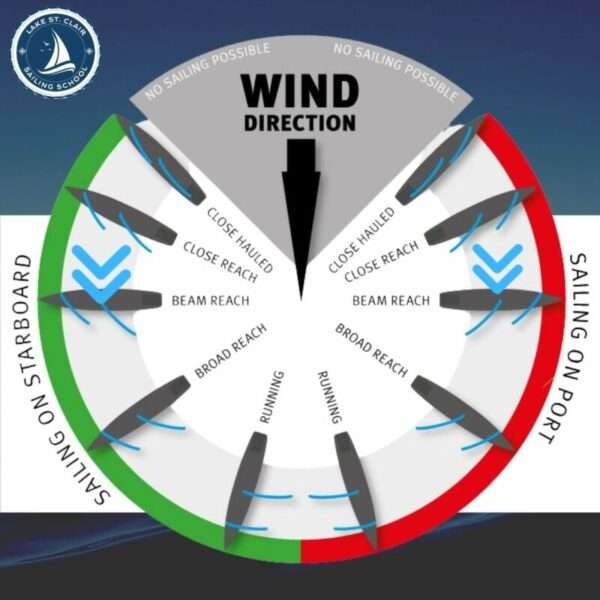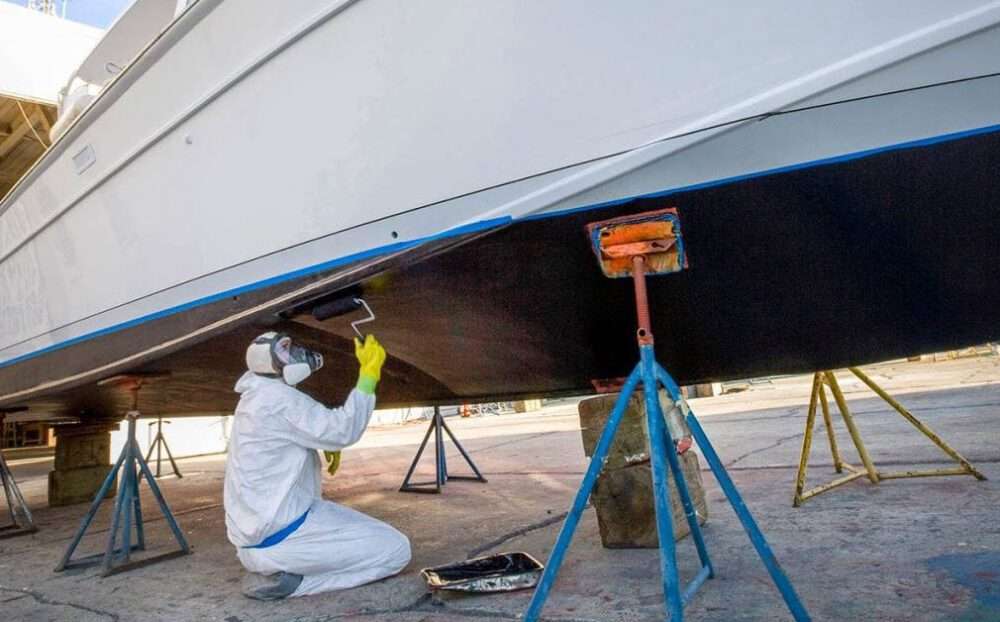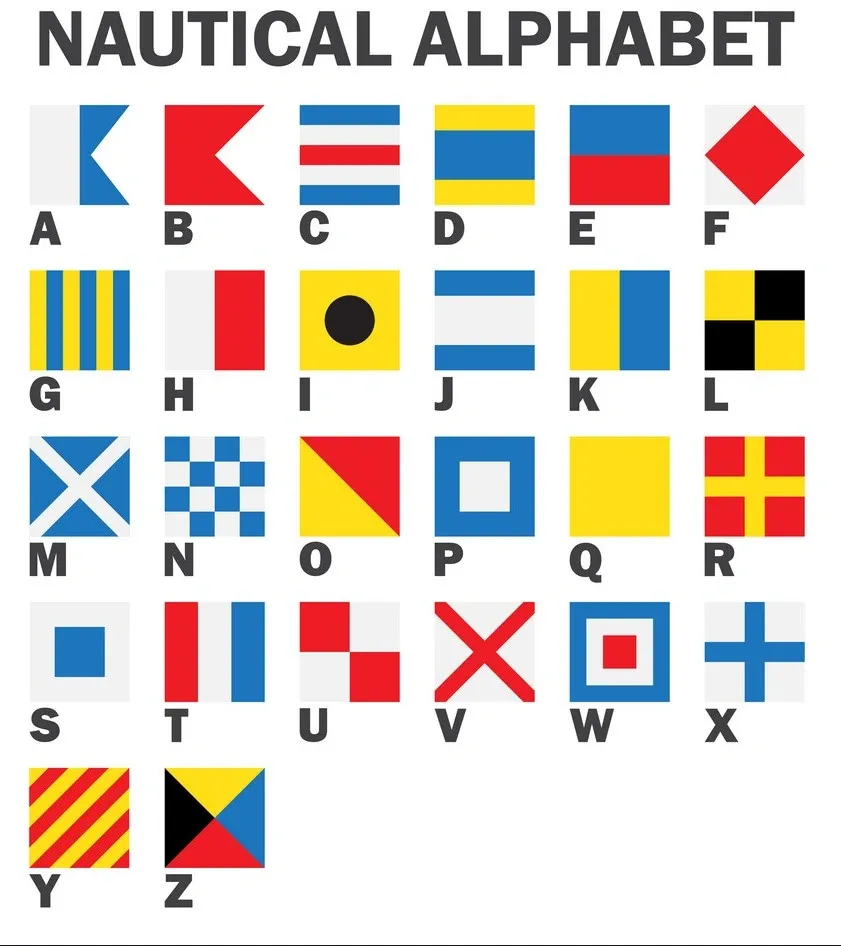Getting to Know Beam Reach
Getting to Know Beam Reach Understanding the Beam Reach The Beam Reach is a specific point of sail where your boat is positioned at a right angle to the wind direction. This means the wind is blowing directly from the side of your boat. This position offers a great balance between speed and stability, making it a popular choice for sailors. Mastering the Technique To harness the power of the wind at a Beam Reach, you'll need to master the art of sail trim. This involves adjusting the sails to capture the optimal amount of wind. The main sail is controlled by the mainsheet, while the jib is controlled by the jib sheet.…






